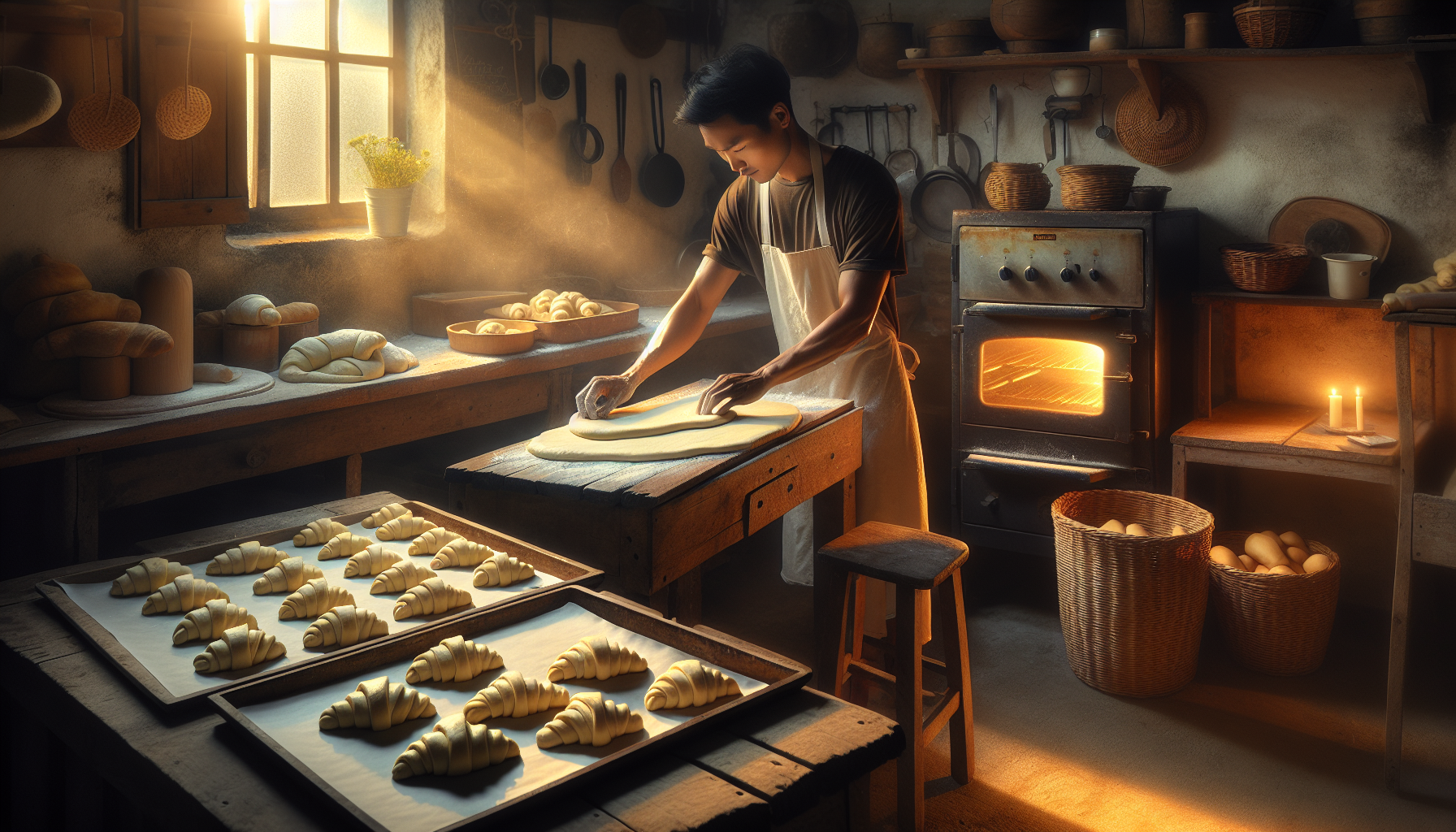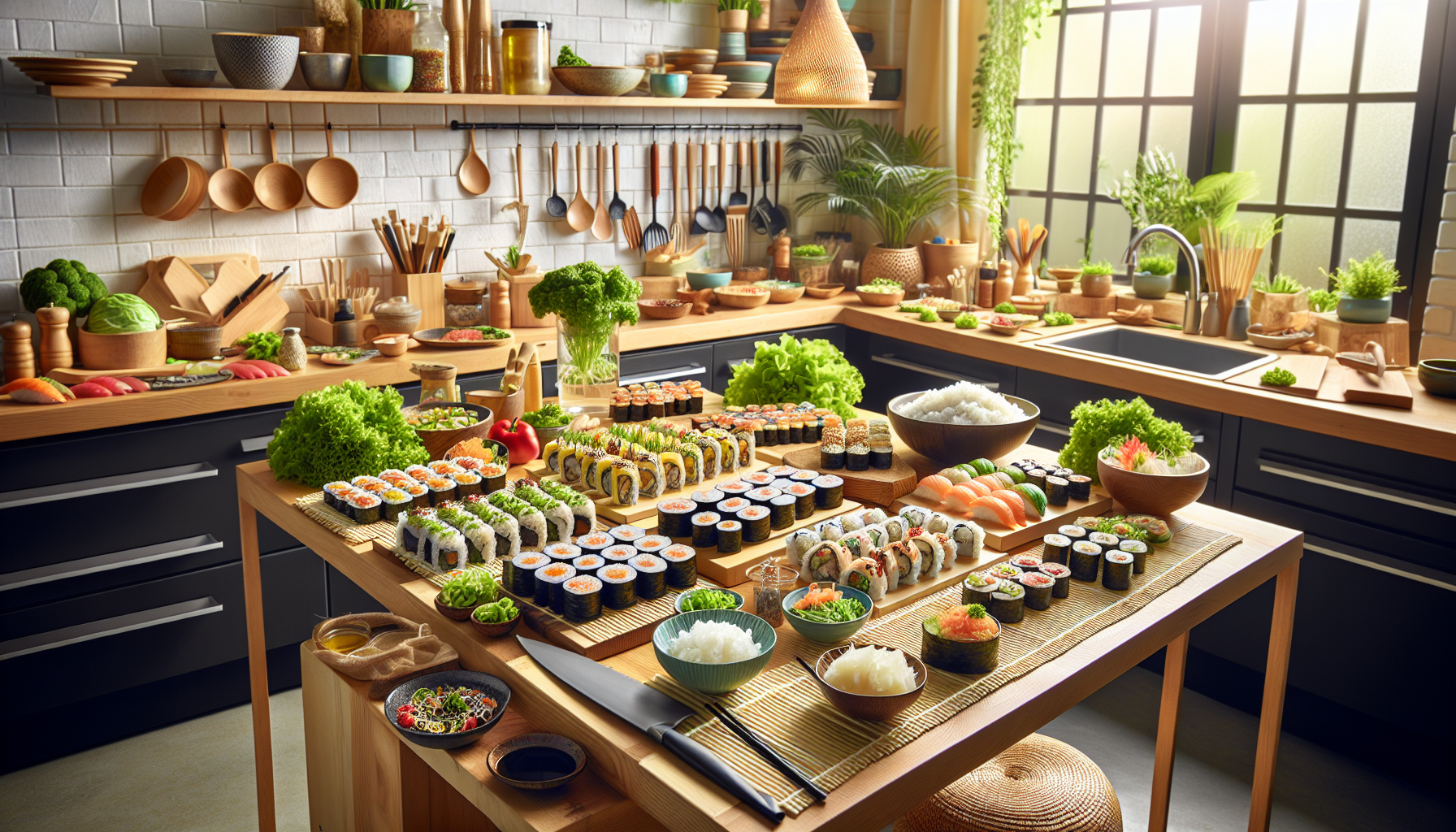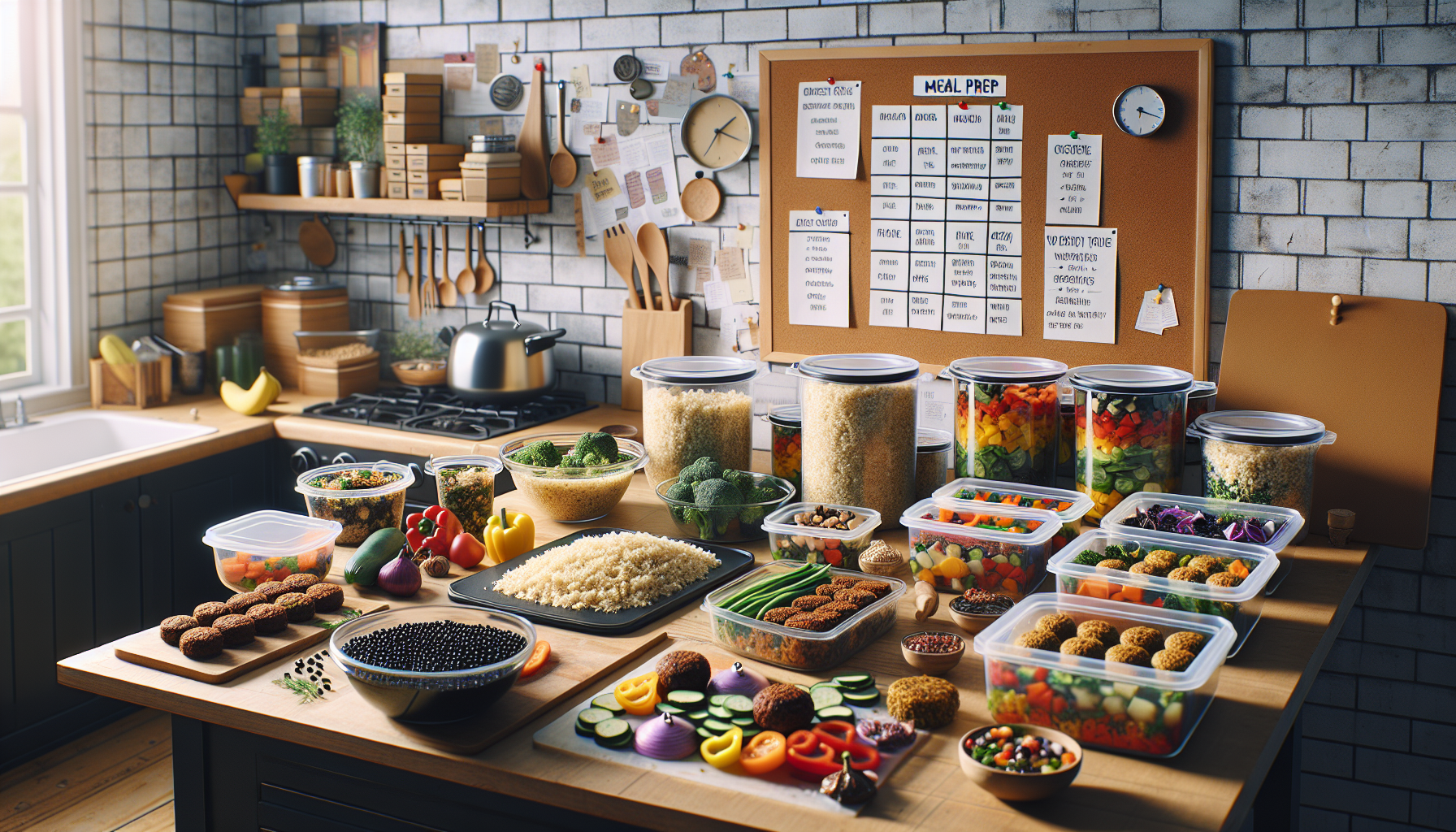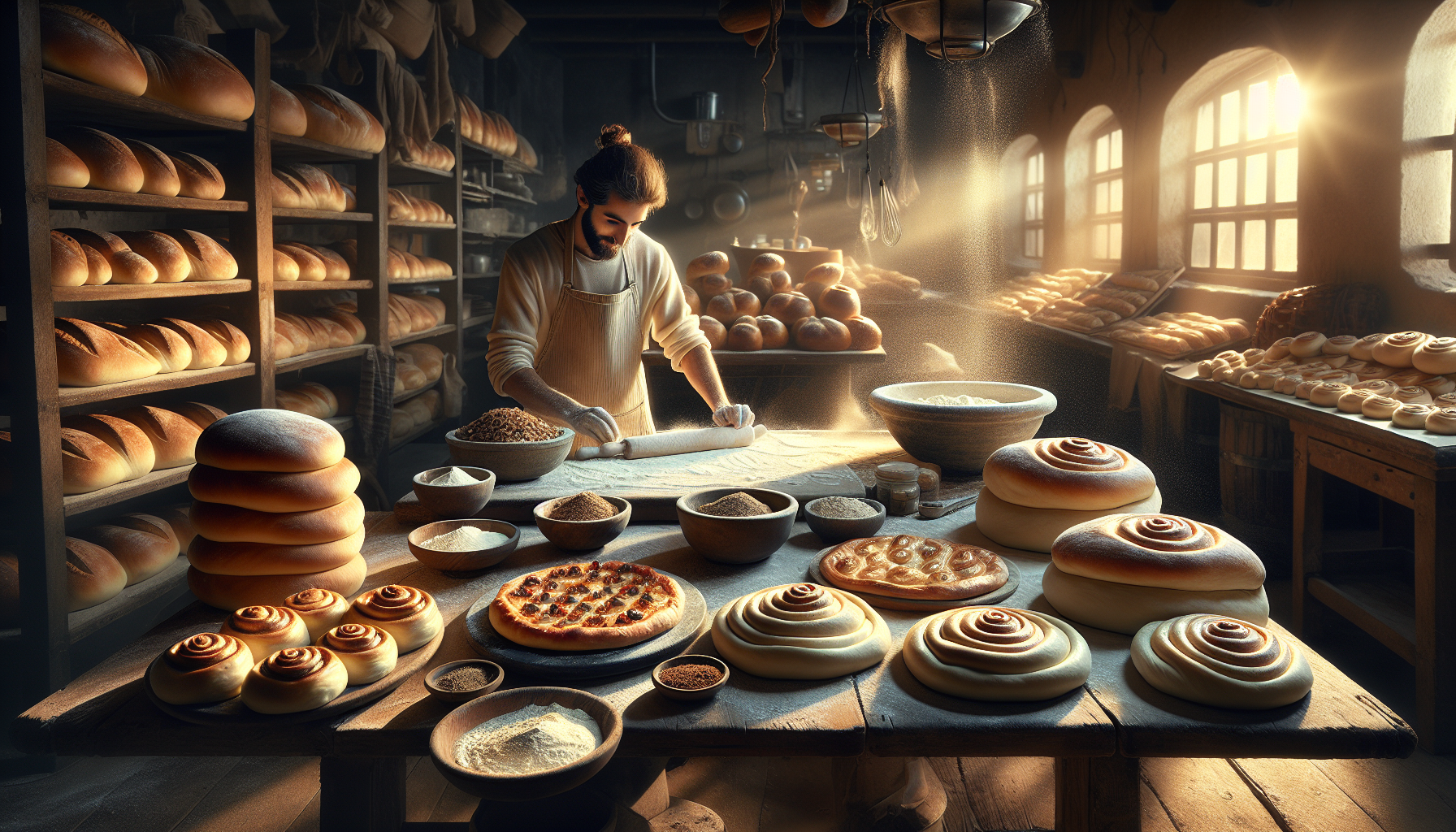Unlock the secrets of French cooking and elevate your home dining experience with our comprehensive course, ‘How to Master the Basics of French Cooking at Home’. Delve into the heart of French culinary artistry, exploring the fundamental techniques, classic recipes, and the elegant simplicity that defines this esteemed cuisine. From mastering the art of making the five mother sauces to crafting iconic dishes like Coq au Vin and Crème Brûlée, this course will guide you through the essential skills needed to bring the flavors of France to your table. Embark on a flavorful journey that goes beyond recipes, immersing you in the beauty and sophistication of French cooking.
Lesson 1

Exploring the Fundamentals of French Cooking
Welcome to the enchanting world of French cuisine, a cooking style renowned for its elegance, richness, and depth of flavor. Mastering the basics of French cooking can transform your home into a haven of gourmet delights. This guide aims to introduce you to the essential techniques, ingredients, and culinary philosophies that form the bedrock of French cuisine.
Key Ingredients in French Cuisine
The art of French cooking starts with a well-stocked pantry. Here are the staple ingredients that no aspiring French chef should be without:
- Butter – The cornerstone of French cuisine, adding richness and flavor.
- Garlic – Aromatic and versatile, used in countless dishes.
- Herbs – Fresh herbs like thyme, rosemary, and basil are essential.
- Flour and eggs – Basics for baking, sauces, and thickening soups.
- Onions – The starting point for the flavor base in many recipes.
Mastering French Cooking Techniques
Understanding and practicing key French cooking techniques is vital. These foundational skills will elevate your cooking:
| Sautéing | Gently cooking ingredients in a little fat. |
| Emulsifying | Combining oil and vinegar into a smooth mixture. |
| Chopping | Preparing your ingredients with precision. |
Additionally, the technique of ‘mise en place’—organizing and arranging the ingredients needed for a meal before you start cooking—is a game changer for cooking efficiency and ease.
The Heart of French Cuisine
The essence of French cooking lies in its simplicity coupled with the profound depth of flavor achieved through time-honored cooking methods. Slow cooking, careful seasoning, and the art of sauce-making are hallmarks of this beloved cuisine.
Embrace the journey of mastering the basics of French cooking. With each dish, you’ll not only cultivate your culinary skills but also embark on a cultural expedition into the heart of France. Remember, the key to great French cooking is not just about following recipes—it’s about embracing a philosophy of food that celebrates quality, creativity, and the joy of eating.
As the foundation of your French culinary adventure, these principles will guide you in creating dishes that delight the senses and bring a touch of French elegance to your dining table.
Lesson 2

Delving into Classic French Recipes: Soups and Sauces
Embarking on a journey to conquer Classic French Recipes, especially soups and sauces, is akin to unlocking a treasure chest of culinary delights. French cuisine, known for its intricacy and elegance, offers a plethora of techniques and tastes. This guide will walk you through mastering the craft of French soups and the critical skill of creating the five mother sauces, the bedrock of many French dishes.
The Quintessence of French Sauces
The art of sauce-making is pivotal in French cuisine, offering a profound depth and richness to dishes. The five mother sauces – Béchamel, Velouté, Espagnole, Hollandaise, and Tomato – are essential knowledge for any aspiring chef.
- Béchamel: A white sauce made from milk thickened with a butter and flour roux.
- Velouté: A velvety smooth sauce, using a light stock (chicken or fish) and thickened with roux.
- Espagnole: A rich brown sauce, starting with a brown roux, veal stock, tomatoes, and mirepoix.
- Hollandaise: An emulsion of egg yolk, melted butter, and lemon juice or vinegar.
- Tomato: Based on tomatoes (fresh or in puree form), cooked down into a rich, savory sauce.
Creating a Classic: French Onion Soup
French Onion Soup, a revered classic, showcases the simplicity yet profound flavor achievable with French cooking techniques. Caramelizing onions to a deep, rich brown provides the backbone of this hearty soup, followed by deglazing with a quality stock and simmering gently to meld the flavors beautifully.
| Ingredient | Role in Soup |
| Caramelized Onions | Foundation of flavor |
| Quality Beef Stock | Deep, rich base |
| Gruyère Cheese | Smooth, melting topping |
Practical Tips for Elevating Your French Cooking
When embarking on the French cooking journey, a few key practices can make a significant difference:
- Patience in caramelizing onions ensures a deep flavor base.
- Using homemade stocks as opposed to store-bought can dramatically enhance your sauces and soups.
- Practicing the art of patience and subtlety in seasoning will elevate your dishes to new heights.
Mastery of these classic French recipes enriches your culinary repertoire, opening doors to a world where food is not just nourishment but an art. With every spoonful of soup and each drizzle of sauce, you embrace the elegance and sophistication of French cuisine, bringing a slice of France into your home.
Lesson 3

Mastering Main Courses and Desserts in French Cuisine
Welcome to a delightful exploration of French cuisine where we dive into the heart of France’s culinary treasures – its main courses and desserts. French cuisine, celebrated for its refinement and complexity, offers a range of dishes that tantalize the taste buds and stir the soul. From the rustic charm of Coq au Vin to the sweet allure of Crème Brûlée, this guide will help you master iconic French dishes, bringing the essence of French dining into your home.
The Art of Coq au Vin
Coq au Vin, a quintessential French dish, marries chicken with wine, mushrooms, and aromatic vegetables, resulting in a stew that brims with depth and flavor. Key to this dish is the slow cooking process, which tenderizes the chicken and melds the flavors harmoniously.
- Select a quality red wine, which serves as the backbone of the dish.
- Brown the chicken pieces to perfection before braising, locking in flavor.
- Include lardons, pearl onions, and mushrooms for a full symphony of tastes.
Savoring Ratatouille
Ratatouille, a vibrant vegetable stew, showcases the simplicity and elegance of French cooking. This dish emphasizes the freshness of the ingredients and the beauty of their natural flavors.
- Utilize a variety of fresh, colorful vegetables like zucchini, eggplant, and bell peppers.
- Sauté each type of vegetable separately to respect their individual textures.
- Gently combine the sautéed vegetables with tomatoes and herbs, allowing them to stew together slowly.
Decadent French Desserts
French cuisine is equally renowned for its sumptuous desserts, with Crème Brûlée and Tarte Tatin standing out as timeless classics.
| Dessert | Signature Element |
| Crème Brûlée | The perfectly caramelized sugar crust |
| Tarte Tatin | The caramelized topping of apples |
Mastering these desserts requires patience and precision, especially in achieving the caramelization that is central to both.
Plating and Presentation
The French believe in dining as an experience that satisfies not just the palate but also the eyes. Here are a few tips to elevate your presentation:
- Choose simple, elegant dishware that lets the food shine.
- Use fresh herbs or edible flowers as garnishes for a pop of color.
- Practice the art of placement – less is often more on the plate.
Whether you’re simmering a Coq au Vin, layering a ratatouille, or torching a Crème Brûlée, the journey through French cuisine is one of passion, patience, and joy. Each dish offers a window into the rich culinary heritage of France, inviting you to savor the flavors and celebrate the art of good eating. Bon Appétit!
French cooking demystifies the beauty and technique of one of the world’s most esteemed cuisines, guiding you through a culinary journey from the basics of ingredient selection and kitchen setup to the complex layers of flavor and presentation that define French dishes. This course has equipped you with the knowledge and skills to create authentic French meals that delight the senses and elevate your cooking repertoire. As we conclude our exploration, a 10-question quiz awaits below to test your understanding and mastery of French cuisine. Engage with the questions to gauge your knowledge and celebrate your progress in mastering the basics of French cooking at home.
Test Your Knowledge With this short Quiz
Click here to copy your score to share on facebook!







